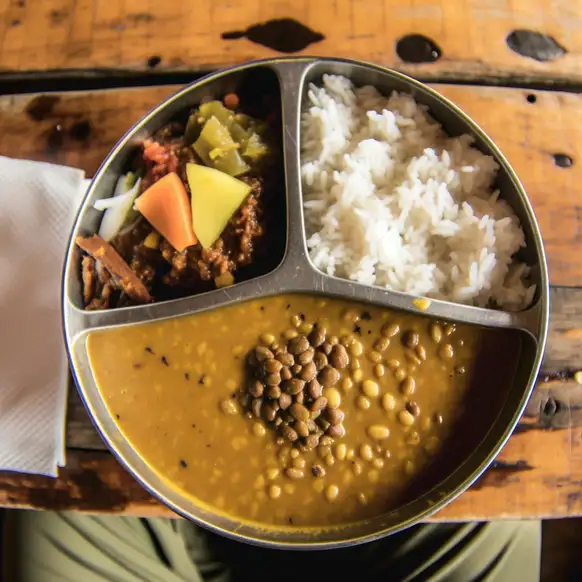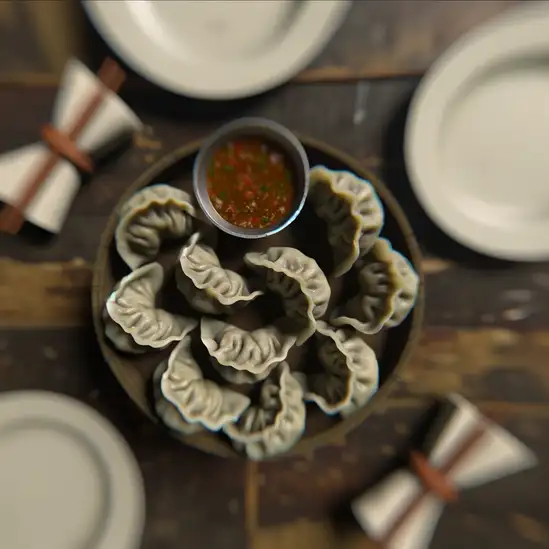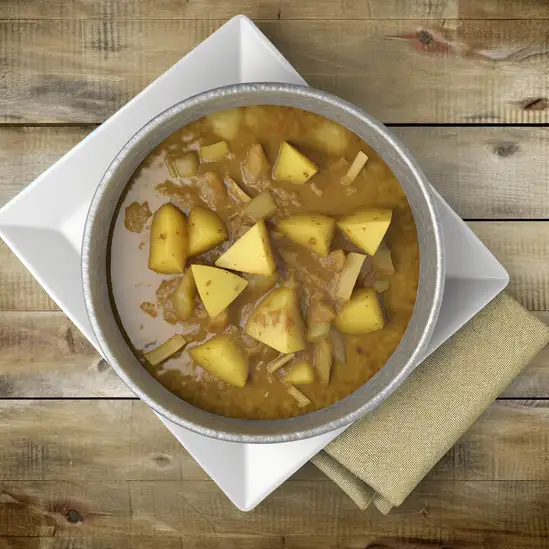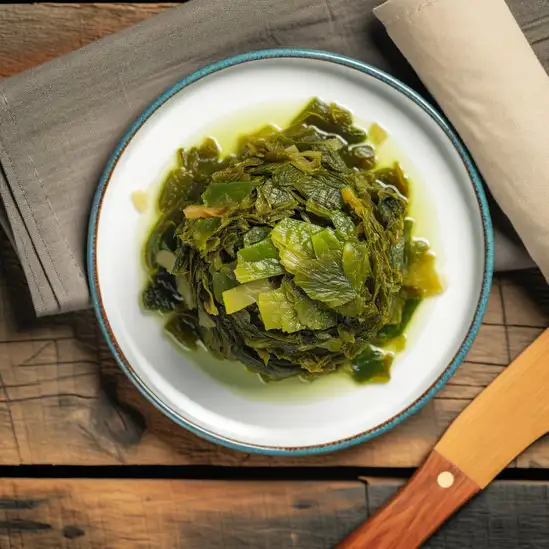


Imagine waking up to the gentle ripple of Phewa Lake,its surface shimmering under the soft morning light,with the towering Annapurna range standing guard in the distance. That’s Pokhara for you—a place where nature’s grandeur feels intimate and inviting. The air here carries a fresh,earthy scent mixed with the faint aroma of brewing Nepali tea and spices from nearby markets. As you stroll along the lakeside,the chatter of locals blending with the occasional call of birds creates a soundtrack that’s both lively and soothing. What really makes Pokhara special is its laid-back spirit. It’s a city where adventure meets tranquility. You can watch paragliders dance in the sky above,or lose yourself in the quiet corners of ancient temples and bustling bazaars. The streets hum with a warm friendliness; vendors offer you a taste of freshly made momos,their savory steam rising in the cool mountain air,while musicians strum traditional tunes nearby. There’s a rhythm here that feels both timeless and alive. Beyond the obvious beauty,Pokhara’s charm lies in its blend of cultures and stories. It’s a melting pot where Tibetan refugees,local Gurungs,and travelers from around the world mingle,sharing smiles and stories over cups of sweet chai. Whether you’re sipping coffee in a cozy café or setting off on a trek,Pokhara invites you to slow down,breathe deeply,and soak in a world that feels both vast and warmly familiar.
The information on this page is currently being reviewed by Tripkliq and should be used as a guide only
Eng word: Hello
Eng pronunciation: Namaste
Local language: नमस्ते
Eng word: Goodbye
Eng pronunciation: Bidaai
Local language: विदाई
Eng word: Thank you
Eng pronunciation: Dhanyabad
Local language: धन्यवाद
Eng word: How much
Eng pronunciation: Kati
Local language: कति
Eng word: Toilet
Eng pronunciation: Shauchalaya
Local language: शौचालय
Eng word: Help me
Eng pronunciation: Malai maddat garnuhos
Local language: मलाई मद्दत गर्नुहोस्
Eng word: Yes
Eng pronunciation: Ho
Local language: हो
Eng word: No
Eng pronunciation: Hoin
Local language: होइन
Eng word: Excuse me
Eng pronunciation: Maaf garnuhos
Local language: माफ गर्नुहोस्
Historically, Pokhara was a vital trading link between India and Tibet. Its significance grew in the 1950s with the influx of Tibetan refugees, laying the foundation for what is now a vibrant tourism sector.
The Seti Gandaki river runs right through the heart of Pokhara, creating spectacular gorges in the city’s vicinity. These gorges are a testament to the city's dynamic natural history, sculpted by geological forces over millennia.
A natural marvel, the Gupteshwor Mahadev cave houses a revered Shiva temple. This cave, discovered in the 16th century, is significant for both its spiritual importance and the remarkable limestone formations.
Named after a Swiss tourist who tragically fell into the waterfall, Davis Falls is a stunning natural wonder. This waterfall directly flows into a deep and narrow canal. Its mystery and beauty have captivated visitors for decades.
Pokhara’s Old Bazaar, with its traditional Newari architecture, reflects the city’s rich cultural heritage. Once a bustling trade center, it remains a lively spot, offering insights into the local way of life and history.
The second largest lake in Nepal, Phewa Lake is the heart of Pokhara. The lake is known for its clear reflections of the Annapurna and Dhaulagiri ranges, and the historic Tal Barahi Temple located on an island in its center.
Pokhara is considered the adventure capital of Nepal, pioneering the country’s paragliding scene. The city’s geographical diversity makes it an ideal location for various adventure sports, enhancing its appeal to international tourists.
The gateway to the famous Annapurna Circuit, Pokhara offers trekkers breathtaking views and challenging terrains. This trek is known worldwide among hiking enthusiasts for its scenic beauty and cultural diversity.
One of the oldest temples in Pokhara, Bindhyabasini Temple is dedicated to goddess Bhagwati. This temple not only offers spiritual solace but also provides panoramic views of the Himalayan range and the city.
In Pokhara, the most common Power Adaptor is Type C, Type D.



A hearty noodle soup that originated from Tibet, typically made with meat or vegetables, and flavored with spices. It's especially popular in the colder months.

A traditional homemade, sweet, and crispy rice-based doughnut, often enjoyed during festivals and special occasions.

A traditional Nepali meal consisting of lentil soup (dal) served with rice (bhat) and accompanied by various side dishes like vegetables, pickles, and sometimes meat.

Nepalese dumplings filled with meat or vegetables, often served with a spicy dipping sauce. They are a popular street food in Pokhara.

A unique curry made with potatoes (aloo) and bamboo shoots (tama), often cooked with black-eyed peas and spices, offering a distinct taste.

Fermented leafy green vegetables, often served as a side dish or in soups, providing a unique tangy flavor that complements many meals.

Often referred to as 'Nepali pizza', this is a rice crepe topped with various ingredients like minced meat, eggs, and vegetables.
If you ever find yourself in Male,Maldives,get ready to be swept up by a vibrant little city that pulses with island life and unexpected energy. It’s not your typical tropical getaway where everything feels distant and quiet—instead,Male buzzes with a lively rhythm,where the scent of salty ocean air mingles with the aroma of fresh spices from bustling street markets. Walking through its narrow streets,you’ll hear the chatter of locals,the hum of motorbikes,and the occasional call to prayer echoing from the mosques,all blending into a soundtrack that feels both ancient and alive.
What’s really captivating about Male is how it balances tradition and modernity. You’ll see colorful buildings painted in bright pastels,fishing boats bobbing in the harbor,and sleek cafes serving up rich Maldivian coffee alongside international flavors. The city’s compact size means you can explore on foot,discovering little corners where vendors sell fragrant tropical fruits or where fishermen unload their fresh catch of the day. The warmth of the people here is palpable—they’re proud of their culture and eager to share stories if you stop to chat.
And don’t miss the chance to taste the local cuisine—imagine biting into a spicy mas huni breakfast,where shredded tuna,coconut,and chili dance on your tongue,or savoring grilled seafood fresh from the Indian Ocean. Male isn’t just a gateway to the Maldives’ famous resorts; it’s a lively,sensory-rich place that invites you to slow down,soak in the island spirit,and feel connected to a culture that’s as deep as the surrounding blue waters.
Imagine stepping into a place where the air hums with the gentle rhythm of waves lapping against sun-warmed shores,and the scent of salty sea mingles with fragrant street food stalls. That’s Phuket for you—a vibrant island that feels alive in every sense. It’s not just the stunning beaches that grab you,but the way the island pulses with a laid-back energy,where colorful markets buzz with chatter and the aroma of grilled seafood fills the air. Walking through the old town,you’ll find charming Sino-Portuguese buildings painted in pastel hues,their shutters creaking softly in the tropical breeze,while tuk-tuks zip by,adding a playful soundtrack to your explorations.
Phuket’s character is a beautiful blend of tradition and liveliness. Temples with golden spires peek out from lush greenery,inviting quiet moments of reflection,while nearby,night markets burst with life—vendors calling out,sizzling woks,and the sweet tang of mango sticky rice tempting your taste buds. The island’s culture is warm and welcoming,with locals who smile easily and share stories over cups of strong Thai coffee or fresh coconut water.
What makes Phuket truly special is how it wraps you in its embrace—whether you’re watching a fiery sunset from a cliffside bar,diving into crystal-clear waters teeming with vibrant marine life,or simply savoring the spicy kick of a freshly made curry. It’s a place that invites you to slow down,soak in the colors,sounds,and flavors,and leave with a heart full of unforgettable moments.
Bali feels like stepping into a vibrant dream where every corner pulses with life and warmth. From the moment you arrive,there’s this unmistakable energy—part spiritual,part playful—that wraps around you like a soft,tropical breeze. Imagine waking up to the gentle rustle of palm leaves and the distant sound of waves crashing against volcanic black sand beaches. The air carries a mix of frangipani blossoms and salty sea spray,instantly grounding you in the island’s natural beauty.
What really makes Bali special is its rich culture woven into everyday life. You’ll see locals in colorful sarongs offering flowers at temple steps,hear the rhythmic beat of gamelan music drifting through the air,and catch glimpses of intricate wood carvings and vibrant paintings in small artisan shops. The island’s spirituality isn’t just something you observe—it’s something you feel,a quiet presence that invites you to slow down and connect.
And then there’s the food—oh,the food! Freshly grilled satay,fragrant nasi campur bursting with spices,and tropical fruits so sweet they almost taste like candy. Whether you’re dining in a bustling market or a cliffside café overlooking the ocean,every bite feels like a celebration of Bali’s rich flavors and traditions. Honestly,Bali isn’t just a place you visit; it’s a place that stays with you,long after you’ve left.
Imagine stepping into a city where sleek skyscrapers meet lush greenery,and every corner hums with a vibrant energy that’s both modern and deeply rooted in tradition. That’s Singapore for you—a place where the air carries the fragrant mix of blooming orchids and sizzling street food,and the streets buzz with a blend of languages and laughter. Walking through neighborhoods like Chinatown or Little India,you’ll catch the rich aromas of spices mingling with the sweet scent of tropical fruits,inviting you to explore further.
What’s truly captivating about Singapore is how effortlessly it balances the fast-paced pulse of a global hub with pockets of serene beauty. You can be wandering through the futuristic Gardens by the Bay one moment,marveling at the towering Supertrees glowing softly at dusk,and the next,find yourself savoring a bowl of laksa or chili crab at a bustling hawker center,surrounded by locals chatting animatedly. The city’s character shines through its people—warm,diverse,and proud of their heritage,yet always welcoming.
There’s a rhythm here that’s both energizing and comforting. Whether you’re cycling along the waterfront,catching a sunset over Marina Bay Sands,or simply sipping kopi in a cozy café,Singapore invites you to slow down and soak in its unique blend of cultures,flavors,and sights. It’s a city that surprises you with its layers,making every visit feel like a new discovery.
If you step into Colombo District,you immediately feel the pulse of a city that’s both vibrant and laid-back,where old-world charm meets modern hustle. Imagine walking along bustling streets lined with colonial-era buildings,their faded facades telling stories of a rich past,while sleek glass towers rise nearby,reflecting the tropical sun. The air carries a mix of scents—spices from street food stalls,salty sea breeze from the nearby coast,and the faint aroma of jasmine from roadside vendors. It’s a place where the sounds of honking tuk-tuks blend with the call to prayer and the laughter of children playing in small parks.
Colombo’s character is a beautiful mosaic of cultures. You’ll find Buddhist temples nestled beside mosques and churches,and markets where Tamil,Sinhalese,and Muslim communities come together in a colorful dance of languages and traditions. The city’s food scene is a feast for the senses—imagine biting into a crispy hopper drizzled with coconut sambol or sipping on a strong,sweet Ceylon tea while watching the sunset over Galle Face Green,where locals fly kites and families gather to unwind.
What makes Colombo truly special is its warmth. Despite the city’s fast pace,there’s a genuine friendliness in the smiles of shopkeepers and the inviting chatter in cafés. It’s a place where you can lose yourself in vibrant street art one moment and find quiet reflection in a serene temple garden the next. Colombo isn’t just a destination; it’s an experience that stays with you long after you leave.
If you’re dreaming of a place where nature’s beauty feels like it’s wrapped around you like a warm hug,Langkawi is that kind of magic. The moment you step off the ferry or plane,there’s this gentle tropical breeze carrying the scent of salt and frangipani,instantly calming your mind. The island hums with a laid-back energy—no rush,just the soft rustle of palm leaves and the distant call of exotic birds. It’s the kind of place where time slows down,inviting you to soak in every vibrant detail.
Langkawi’s charm lies in its wild,lush landscapes meeting the turquoise sea. Imagine hiking through dense rainforests where sunlight filters through the canopy,dappling the forest floor,or standing on the Sky Bridge,suspended high above the treetops,with panoramic views that steal your breath away. The beaches aren’t just pretty—they’re alive with the sound of gentle waves lapping against powdery white sand,and the taste of fresh seafood grilled right on the beach,bursting with smoky,spicy flavors.
What really makes Langkawi special is its blend of cultures and stories. You’ll find local markets buzzing with friendly vendors offering tropical fruits and handmade crafts,while the island’s legends and history whisper through ancient temples and mangrove forests. It’s a place where you can lose yourself in nature,savor authentic Malay flavors,and feel the genuine warmth of the people. Trust me,Langkawi isn’t just a destination—it’s a feeling you’ll want to carry with you long after you leave.
Some agencies sell fake or poorly organized adventure packages, such as paragliding or rafting, that fail to deliver promised experiences.
Money exchange counters may use incorrect rates or provide counterfeit currency to unsuspecting tourists.
Individuals may approach tourists claiming to represent charities or schools, but the money often goes into their own pockets.
Vendors may sell counterfeit or low-quality souvenirs claiming they are authentic Nepali handicrafts.
Scammers may sell fake permits for trekking or entry into restricted areas, which can lead to legal trouble for tourists.
Unlicensed or fake guides offer trekking services at low prices but may abandon tourists mid-trek or provide substandard services.
Rental agencies may charge hidden fees or claim damages to the bike that were pre-existing to extract extra money from tourists.
Certain restaurants may inflate bills or add hidden charges for tourists, especially if they are unfamiliar with local pricing.
Taxi drivers may refuse to use meters and charge tourists inflated prices for short rides.
Crowded tourist areas, such as Lakeside, are hotspots for pickpocketing and bag snatching targeting tourists.
The use, possession, and trafficking of drugs are illegal in Nepal, including in Pokhara. This includes marijuana, which is illegal despite its historical and cultural presence in the region. Penalties for drug offenses can be severe, including hefty fines and imprisonment. Tourists should avoid any involvement with illegal drugs to avoid legal complications.
In Pokhara, as in the rest of Nepal, smoking is prohibited in public places such as restaurants, bars, public transportation, and government buildings. There are designated smoking areas where smoking is allowed. Violating these regulations can result in fines.
Vaping is relatively new in Nepal, and there are no specific regulations that distinguish it from smoking. Therefore, the same rules that apply to smoking in public places also apply to vaping. It is advisable to use designated smoking areas for vaping as well.
What are other people saying about Pokhara?
Recent Social posts about Pokhara
There is nothing to show you for now.